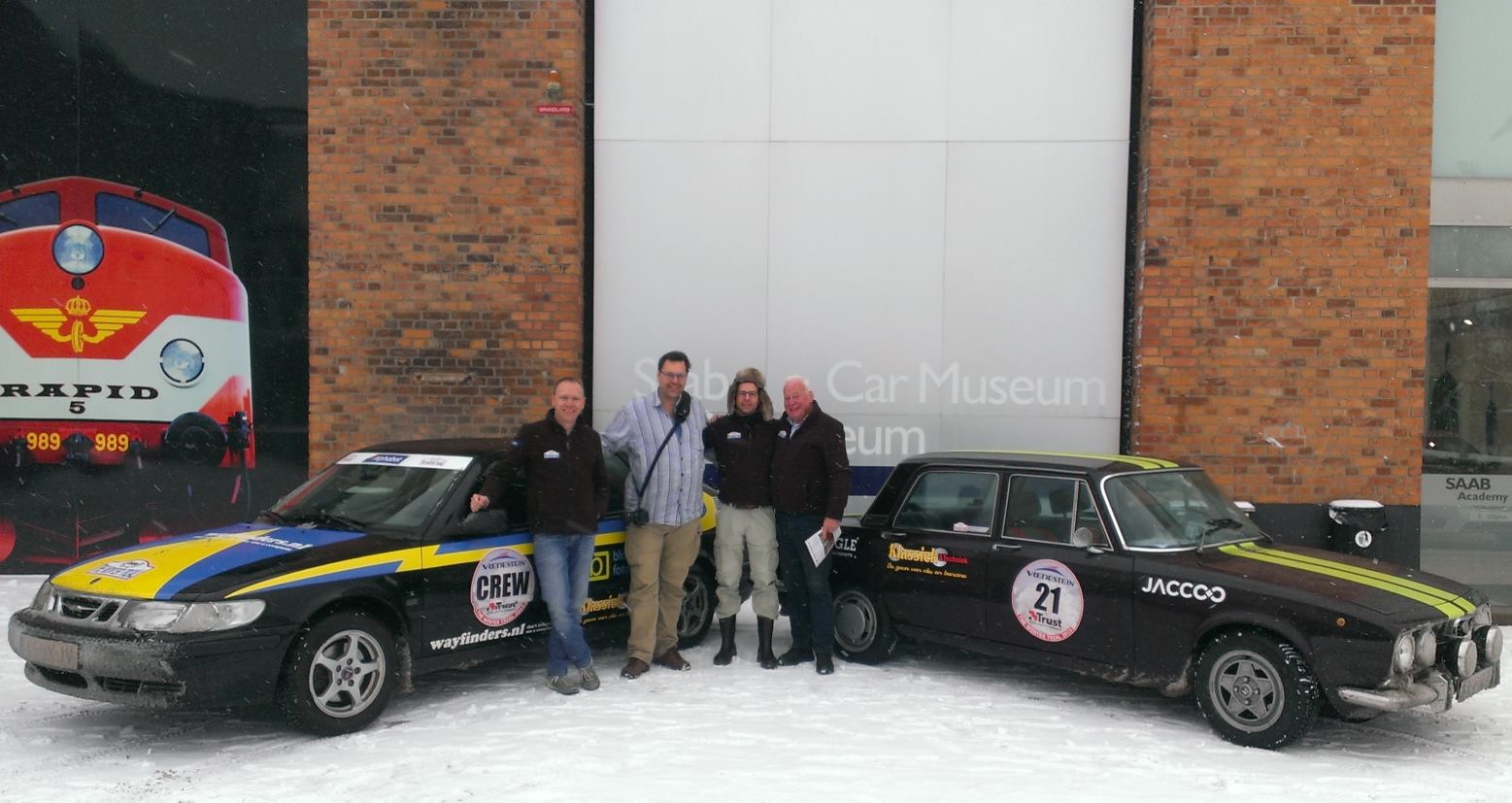The SAAB 900 Turbo 16 S holds a special place in automotive history. Known for its innovative engineering and bold Scandinavian design, it stands as a symbol of SAAB’s forward-thinking approach during the 1980s and 1990s. This article explores the standout features of the SAAB 900 Turbo 16 S, reflecting on insights from the Automotive Fever channel and why this car continues to captivate classic car enthusiasts.
Table of Contents
- 1 Turbocharged Power: The Heart of the 16 S
- 2 Transmission Options: A Manual for Enthusiasts
- 3 Iconic Design: Form Meets Function
- 4 Driver-Centric Interior: A Nod to Aircraft Design
- 5 Performance and Handling: A Front-Wheel-Drive Masterpiece
- 6 Safety Innovation: Built for Protection
- 7 A Lasting Legacy: The SAAB 900 Turbo 16 S in Today’s Market
- 8 A Car that Defined an Era
Turbocharged Power: The Heart of the 16 S
One of the defining characteristics of the SAAB 900 Turbo 16 S is its powerful 16-valve, turbocharged engine. The “Turbo 16” moniker refers to the 16-valve inline-4 engine, which produced between 160 to 175 horsepower, depending on the model year. This turbocharged engine was highly advanced for its time, offering a level of performance that set the SAAB apart from other vehicles in its class.
Automotive Fever emphasizes how this engine not only provided reliable power but also a smooth driving experience, thanks to SAAB’s commitment to engineering excellence. The car’s turbocharged performance gave it an edge in both everyday driving and high-speed highway cruising.
Transmission Options: A Manual for Enthusiasts
The SAAB 900 Turbo 16 S came with both manual and automatic transmission options, though the manual was particularly cherished by driving enthusiasts. The five-speed manual gearbox allowed for a more engaging driving experience, perfectly complementing the car’s turbocharged engine.
Automotive Fever highlights the preference among enthusiasts for the manual transmission due to its ability to extract the best performance from the engine. The manual version offered precise control, making the SAAB 900 Turbo a joy to drive on winding roads or during spirited driving sessions.
Iconic Design: Form Meets Function
When it comes to design, the SAAB 900 Turbo 16 S is instantly recognizable. The car featured a distinctive “hockey stick” side profile, a steeply raked windshield, and a wrap-around rear window. This aerodynamic shape wasn’t just for show—it enhanced performance by reducing drag and improving fuel efficiency.

Available in both a three-door hatchback and five-door sedan configuration, the three-door version became especially iconic, beloved for its sporty yet practical design. Automotive Fever points out that the hatchback body style added to the car’s practicality, making it a popular choice for those who wanted both performance and utility in their vehicle.
Driver-Centric Interior: A Nod to Aircraft Design
Inside the SAAB 900 Turbo 16 S, the focus was all about the driver. The cockpit-style dashboard wrapped around the driver, providing easy access to controls, while the signature aircraft-inspired switches and controls gave the car a unique touch. This interior layout was both functional and stylish, incorporating high-quality materials that have stood the test of time.
According to Automotive Fever, one of the most charming aspects of the 900 Turbo’s interior is its timeless feel. The dashboard, ergonomic seats, and premium materials make this car feel just as special today as it did when it was first released. It’s a reminder of how SAAB’s aviation heritage influenced its car designs in subtle yet impactful ways.
Performance and Handling: A Front-Wheel-Drive Masterpiece
SAAB was known for engineering front-wheel-drive cars that handled exceptionally well, and the 900 Turbo 16 S was no exception. The car’s front-wheel-drive layout, coupled with a well-tuned suspension, provided excellent handling and road grip, even in adverse weather conditions.
Automotive Fever praises the balanced chassis of the 900 Turbo 16 S, which offered a blend of comfort and performance. The car’s suspension system allowed for smooth handling, while its turbocharged engine provided the power needed to make every drive enjoyable. The result was a car that felt stable at high speeds and nimble on twisty roads.
Safety Innovation: Built for Protection
Safety was always at the forefront of SAAB’s design philosophy, and the SAAB 900 Turbo 16 S was no different. It was designed with a strong safety cell, crumple zones, and innovative occupant protection features. These elements combined to make the 900 Turbo one of the safest cars of its era.
Automotive Fever highlights that this commitment to safety made the 900 Turbo 16 S a standout in a time when safety features were not as advanced as they are today. SAAB’s focus on occupant protection, combined with its innovative design, helped the brand build a reputation for creating cars that prioritized driver and passenger safety.
A Lasting Legacy: The SAAB 900 Turbo 16 S in Today’s Market
Today, the SAAB 900 Turbo 16 S has achieved classic car status. It is highly sought after by collectors and enthusiasts, thanks to its unique combination of turbocharged performance, innovative design, and reliability. Well-maintained models are prized possessions, with many owners preserving them as weekend drivers or show cars.
Automotive Fever notes that the growing demand for classic SAAB models, especially the 900 Turbo 16 S, has made it a valuable collectible. This car represents the pinnacle of SAAB’s innovation and engineering, and its iconic status continues to endure decades after its production ceased.
A Car that Defined an Era
The SAAB 900 Turbo 16 S is more than just a car—it’s a piece of automotive history. Its turbocharged engine, distinctive design, and driver-focused interior made it a standout during its production years, and today, it remains a beloved classic. Automotive Fever’s coverage highlights the passion that still surrounds this model, from its innovative features to its legacy in the world of performance cars.
As we look back on the SAAB 900 Turbo 16 S, it’s clear that this car wasn’t just ahead of its time—it was a testament to what happens when innovation and design come together to create something truly special.











